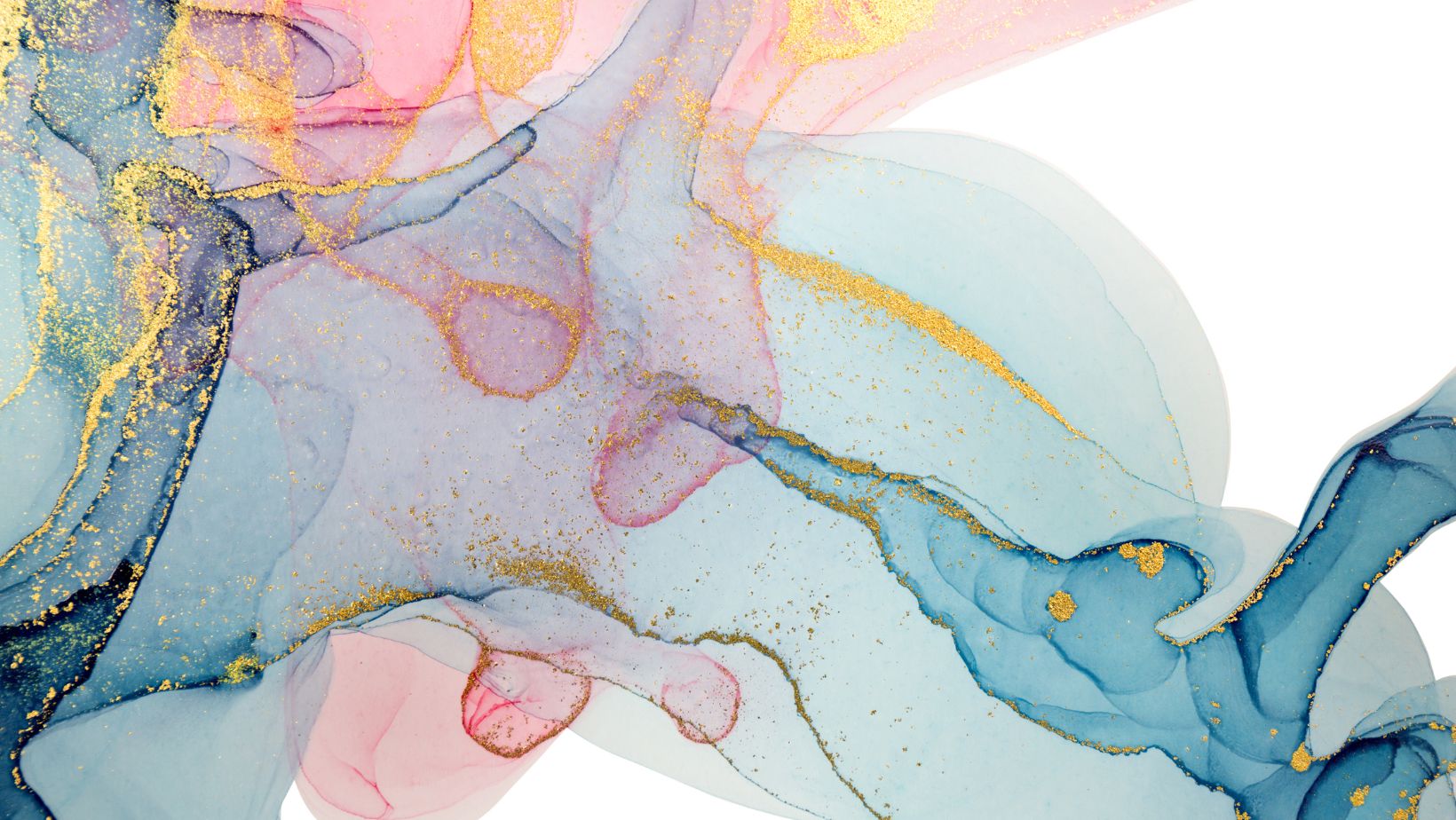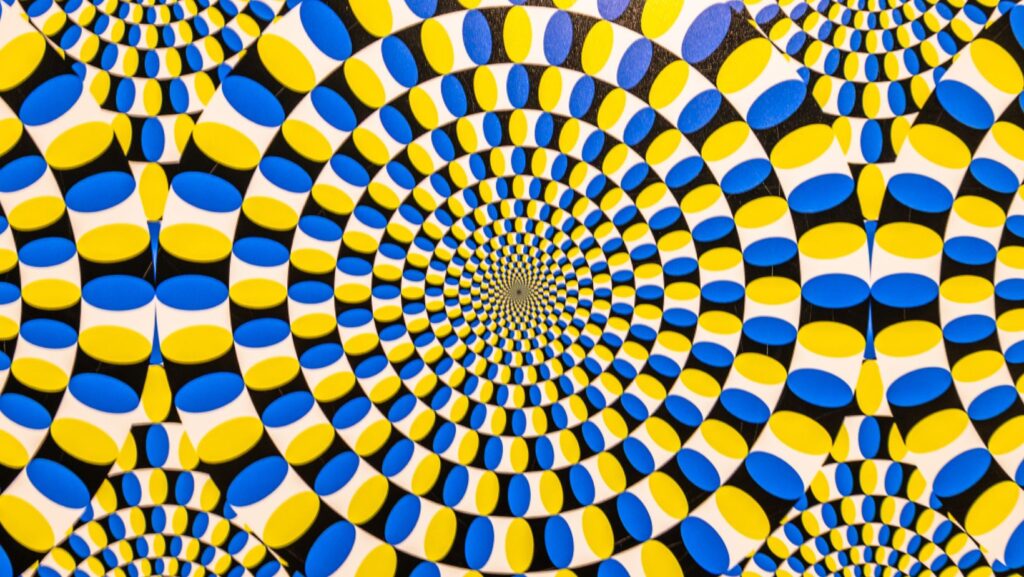Ever gazed at a piece of artwork that seemed to defy all conventional forms, colors, and patterns, leaving you scratching your head in wonder? Welcome to the world of non-objective art. It’s a realm where the artist’s imagination runs wild, and traditional rules don’t apply.
What Is Non Objective Art

Non-Objective Art, as I’ve come to understand, transcends representational arts, veering away from literal depictions of real-world elements. Instead, it deploys abstract elements such as lines, shapes, and colors that are intrinsic to the art itself, separate from any representational framework. Originating in the early 20th century, Non-Objective Art serves as a metaphor for creative freedom, eschewing traditional subject matter exploration. Put simply, Non-Objective Art isn’t about what you see, but how you perceive it.
Expressed through a variety of mediums—painting, sculpture, digital art—Non-Objective Art presents itself as unburdened, allowing an unrestricted exploration of the aesthetic potential of the medium. Emphasized by renowned artists like Kazimir Malevich and Wassily Kandinsky, it’s an innovative take on art, portraying a departure from literal interpretation, and a journey into independent visual expression.
When experiencing Non-Objective Art, it’s essential to consider its fundamental principles. You don’t look for associations in the real world, but associations within the artwork itself. The codes of interpreting Non-Objective Art lie not in our external reality but within the art piece’s framework. In Non-Objective Art, the interpretation is entirely subjective, adding an individual’s unique perspective to the artwork’s meaning.
Distinction from Abstract and Figurative Art
 Absorb first, the idea of Abstract Art. This form often employs a degree of abstraction, manipulating or simplifying elements from the real world. For example, Kandinsky’s swirling lines and colors bear roots in the natural world, albeit in a non-literal interpretation. Abstract Art feeds from reality, encapsulating a departure from realism, not a complete rejection.
Absorb first, the idea of Abstract Art. This form often employs a degree of abstraction, manipulating or simplifying elements from the real world. For example, Kandinsky’s swirling lines and colors bear roots in the natural world, albeit in a non-literal interpretation. Abstract Art feeds from reality, encapsulating a departure from realism, not a complete rejection.
Reflect next on Figurative Art, also termed as representational art. As its name implies, this style represents real-world objects or figures in a manner that’s identifiable, if sometimes distorted or surreal. Pablo Picasso’s Cubist works serve as prime instances, as they deconstruct but still hint at their subjects, like his painting “Les Demoiselles d’Avignon”.
While Abstract Art may simplify or distort reality, and Figurative Art presents reality in a recognisable form, Non-Objective Art steps beyond these boundaries, celebrating the language of art in the purest sense, free from the confines of representation.
Non-Objective Art in Contemporary Culture
 Manifestations of Non-Objective Art are prevalent in public spaces, especially architectural designs. Architects like Frank Gehry and Zaha Hadid, for instance, adopted its principles to create structures that communicate not through symbolism, but through form and color. These designs, though they serve practical purposes, also invite viewers to form abstract associations and personal narratives.
Manifestations of Non-Objective Art are prevalent in public spaces, especially architectural designs. Architects like Frank Gehry and Zaha Hadid, for instance, adopted its principles to create structures that communicate not through symbolism, but through form and color. These designs, though they serve practical purposes, also invite viewers to form abstract associations and personal narratives.
Fashion, too, isn’t untouched. Costume designers incorporate non-objective elements into wearable art, emphasizing shapes, colors, and texture over identifiable imagery. These creations blur the line between clothing and art, fueling a celebration of aesthetic freedom.
In our digital age, Non-Objective Art thrives in the virtual realm. Digital artists find themselves gravitating towards abstract compositions in graphic design, video games, and animations. Through this, they grasp the chance to explore new dimensions of artistic expression, unbounded by traditional forms or physical realities.
The Critique of Non-Objective Art
Non-Objective Art’s beauty lies in its ability to break free from the shackles of representation. It’s a testament to the boundless possibilities of artistic expression. By embracing abstract elements, it challenges the traditional boundaries of art and design. Its influence is far-reaching, leaving its mark on contemporary culture. From architecture to digital art, it’s a creative force that’s reshaping our world. This form of art invites personal interpretations, making every encounter with it a unique experience. That’s the power of Non-Objective Art – it transcends physical constraints and communicates through form and color. So next time you come across it, don’t just look. Feel. Engage. And discover the magic that lies beyond the canvas.

